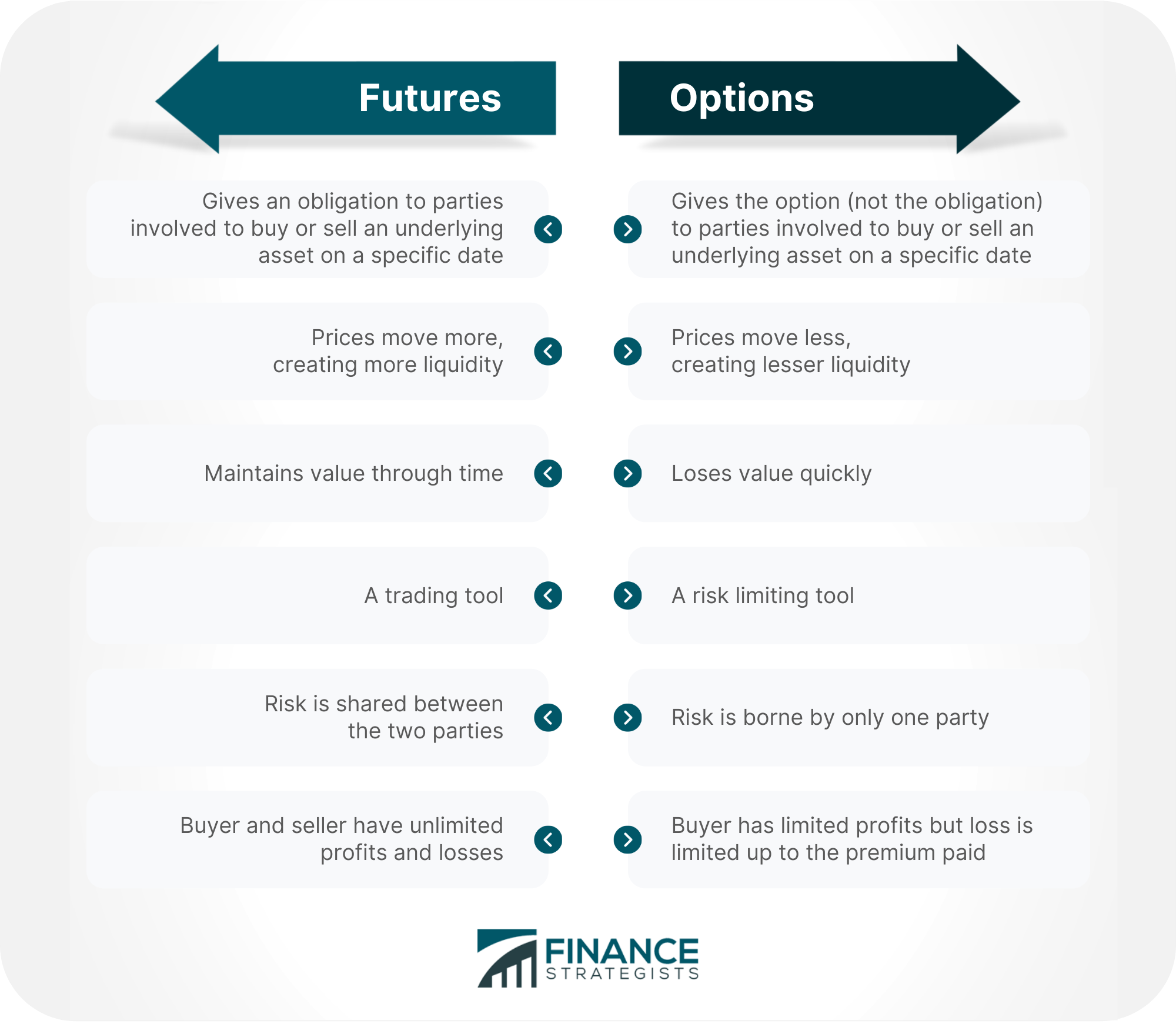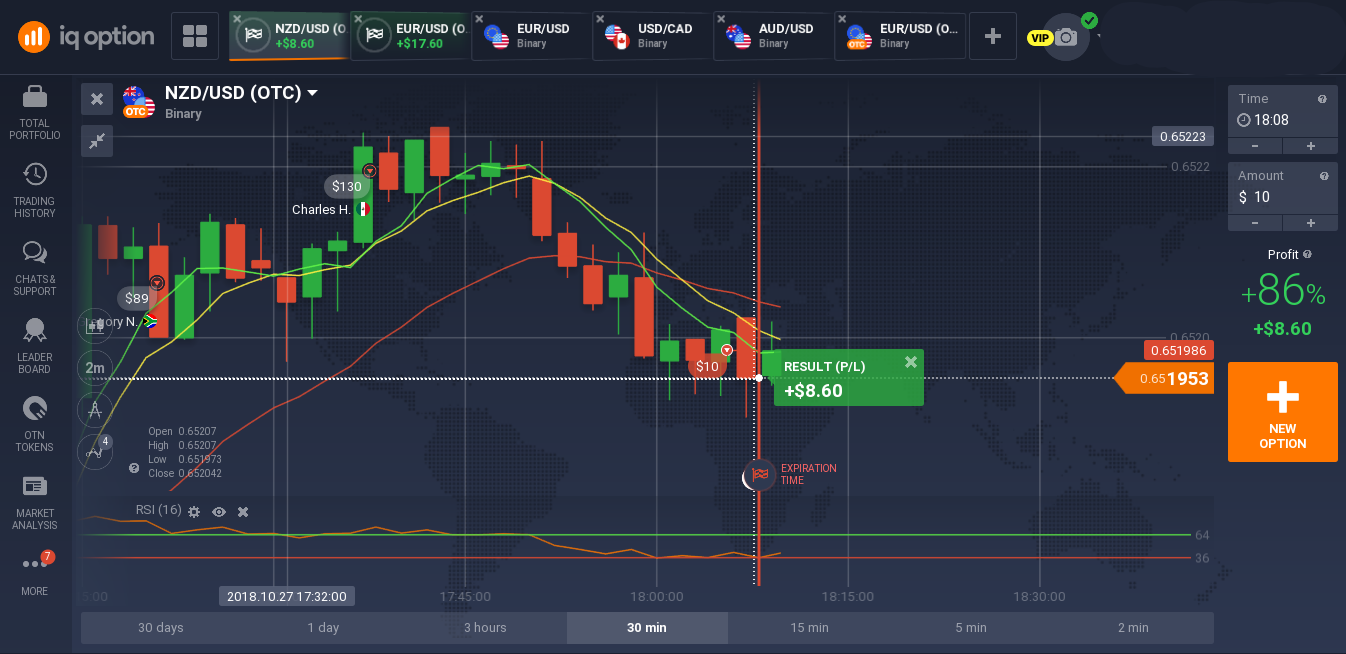In the realm of investing, the ability to harness the power of speculation and hedging can be a game-changer. Options trading, a specialized form of investing, provides investors with a unique set of instruments that can be wielded to maximize profits or minimize risks. While options trading holds immense potential, it also requires a solid understanding of its concepts and risks. This article aims to shed light on the intricacies of options trading, contrasting it with traditional stock trading to paint a comprehensive picture of these two distinct worlds.

Image: learn.financestrategists.com
The Evolution of Options Trading: A Historical Perspective
Options trading has its roots in the 19th century, initially employed as an insurance policy for commodity traders who sought protection against price fluctuations. The Chicago Board of Trade (CBOT) played a pivotal role in standardizing options contracts, transforming them into a more accessible and regulated market. Over the past century, options trading has evolved tremendously, with advancements in technology and the introduction of complex strategies, making it a sophisticated and vibrant segment of modern financial markets.
Understanding the Basics: Demystifying Options Trading
At its core, an option contract grants the buyer the right, but not the obligation, to buy (call option) or sell (put option) an underlying security, such as a stock or commodity, at a predetermined price on or before a specific date. The buyer of an option pays a premium to the seller, who holds the corresponding obligation. This premium represents the price of the right granted by the option contract.
The Role of Speculation: Options as Tools of Risk-Taking
Options trading offers a compelling avenue for investors seeking to speculate on the future price movements of an underlying security. Call options provide the potential to profit from rising prices, while put options offer the potential to benefit from falling prices. Speculating with options can lead to substantial gains if the prediction pans out; however, it also carries the risk of significant losses if the underlying security moves in an unfavorable direction.

Image: www.pinterest.com
Hedging Strategies: Harnessing Options for Risk Management
Beyond speculation, options play a crucial role in hedging, a technique used to reduce the risk associated with investments. By purchasing an option with a strike price and expiration date that aligns with the desired level of risk mitigation, investors can hedge against adverse price movements in the underlying security. This strategy helps cushion the impact of potential losses, ensuring a more stable overall investment portfolio.
Comparing Options Trading to Normal Trading: Similarities and Differences
Options trading and normal stock trading share common threads of market participation and the pursuit of financial gain. However, key differences set them apart. Traditional stock trading involves the direct purchase and sale of securities, representing ownership in a company. Stockholders aim to profit from capital appreciation, dividends, and other company-related events. Options trading, on the other hand, revolves around contracts that grant specific rights without the direct ownership of the underlying security.
Leverage and Flexibility: Unlocking Options’ Advantages
Options trading offers investors the potential for leveraged profits, as even small price movements in the underlying security can result in significant returns on the option premiums. Moreover, options provide greater flexibility compared to traditional stock trading. The range of options strategies, including vertical spreads, synthetic combinations, and complex multi-leg strategies, enables investors to tailor their trades to specific investment goals and risk tolerance levels.
Higher Risks and Margin Trading: Cautionary Considerations
Despite its alluring potential, options trading also carries greater risks. The speculative nature of options can lead to substantial losses,尤其是在市场波动剧烈且无法预测的情况下。Moreover, many options trading strategies involve margin trading, which can magnify both profits and losses. Investors venturing into options trading should exercise heightened caution and fully understand the risks involved.
Options Vs Normal Trading

Image: diohysba.blogspot.com
In Summary: Choosing the Right Path for Your Investment Journey
Both options trading and normal stock trading offer unique opportunities and challenges for investors. Options trading brings the potential for magnified gains and advanced risk management techniques, but it also carries elevated risks that require a comprehensive understanding and a tolerance for volatility. Normal stock trading, while potentially offering lower risks, may limit profit potential compared to options trading. Ultimately, investors should carefully assess their investment goals, risk tolerance, and market experience before venturing into either form of trading.






